Element can help you with all your wireless testing, certification, and advisory needs. With our services, you can quickly launch superior wireless technologies in the global market.
Wireless Network Testing Capabilities
Element’s advanced wireless testing encompasses compatibility, functionality, interoperability, performance, and competitive analysis.
As a leading authority in testing and certification, Element is one of the few labs to offer Dynamic Frequency Selection (DFS) testing services to manufacturers of 802.11(a/n) devices and other wireless technologies that operate in the 5GHz range.
Our testing capabilities include, but are not limited to:
-
Performance testing - evaluates radio performance (which can include spurious emissions, power, bandwidth, stability, adaptivity, receiver blocking, and more) compared to regulatory authority requirements according to industry standards.
-
Dynamic frequency selection (DFS) testing - evaluates the ability of a device operating in the 5250-5350 MHz and/or 5470-5725MHz band to detect local military, emergency service, or radar signals and move to an off-channel frequency to mitigate interference.
-
Specific absorption rate (SAR) testing - measures the rate at which energy is absorbed by the body when exposed to a radio frequency (RF) electromagnetic field. SAR testing is typically required when an intentional transmitter is intended to transmit within 20 cm of the end user.
-
Maximum permissible exposure (MPE) calculation - an alternative to SAR testing for products not used within 20 cm of the end user.
-
EMI/EMC testing - ensures your product won’t be subject to any negative interactions in the electromagnetic environment it will be operating in.
-
Environmental/dynamic testing - simulates any condition that your product might encounter in the real world, measuring a device’s ability to withstand temperature, humidity, vibration, shock, and other factors.
Wireless Network Testing - Certifications and International Approvals
Element can perform testing for all major carriers and can issue all major US, UK, and Canadian certifications for wireless technologies, as well as support market access to over 180 countries. Our credentials include:
-
FCC Telecommunication Certified Body (TCB) - With several FCC certified TBA labs, Element can issue US and Canadian certifications for licensed and unlicensed radio products.
-
Notified Body - Element can issue formal Type Examination Certificates for CE marking of radio communications devices per the RE Directive.
-
International Approvals - Element makes it easy to get your product into new global markets. With a dedicated international approvals manager working on your behalf, you can get faster, cost-effective entry into 180 different countries.
Supported Wireless Technologies
With the industry’s leading experts and cutting-edge laboratory facilities, Element can test the most advanced and most in-demand wireless technologies, including:
-
Frequency Hopping Spread Spectrum (FHSS)
-
Private Mobile Radio (PMR)
-
Wireless local area network (WLAN – 802.11a, b, g, n, ac, ad, ax)
-
FM Transmitters
-
Ultra-Wideband (UWB)
-
MedRadio
-
Long range Wide area network (LoRaWAN)
-
Z-Wave
The Element Advantage
As a global leader in Internet of things (IoT) testing, Element provides a full range of wireless network testing services covering dynamic frequency selection (DFS), RF/RMM, OTA, SAR, HAC for smartphones as well as relevant customer premises equipment for the necessary end markets.
Element is recognized by industry bodies such as CTIA/PTCRB and GCF and the network operators on which these devices will be used.
Continuous investments in cutting-edge technology enable Element to test for multiple carrier aggregation, MIMO, beamforming/steering to the latest 3GPP specifications.
For more information about our wireless device and mobile network services, or to speak to an expert, contact us today.
EMC Requirements for Medical Devices
In this article, Steve Hayes discusses the key requirements when looking at the impact of electromagnetic interferences on medical devices. He explains some issues manufacturers should consider for risk assessment, electrical safety, EMC, and radio testing.
EMC Principles Made Easy
Whether it is a product, a system, or a printed circuit board, the basic EMC principles remain the same. Find out how you can apply these key principles.
READ MOREFour Steps to Prepare for Wireless Coexistence
Technology trends continue to drive the rapid growth of wireless devices, particularly in the medical industry. These trends have created new challenges for product developers, especially when it comes to the safe operation of their products in increasingly crowded spaces.
READ MOREOur services
Discover the full range of wireless network testing and certification services from Element
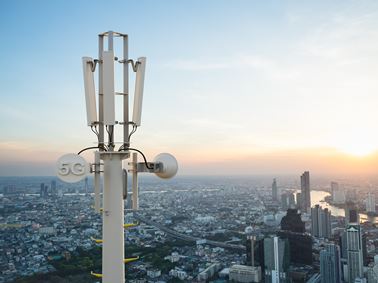
5G Test and Certification Services
Find out how Element’s high-capacity 5G test and certification services help you expedite your product’s journey to market.
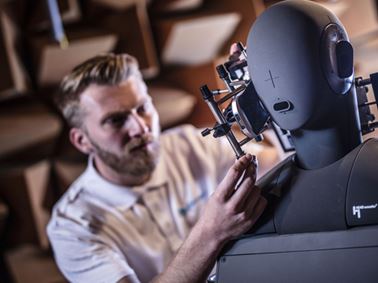
Over The Air Testing Services
Find out how Element tests and certifies wireless devices to ensure they achieve effective radiated spatial performance for all relevant standards.
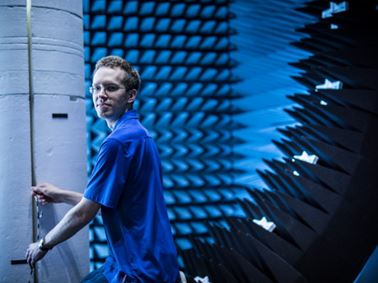
RF Regulatory Compliance Testing
Element offers ISO 17025 testing services to European ETSI standards, FCC rules, ISED RSS standards and Japanese Radio Law.
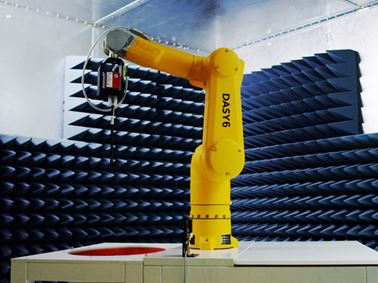
Specific Absorption Rate (SAR)
Find out how Element tests wireless devices for compliance with radio frequency safety limits in the USA, Canada, and Europe.
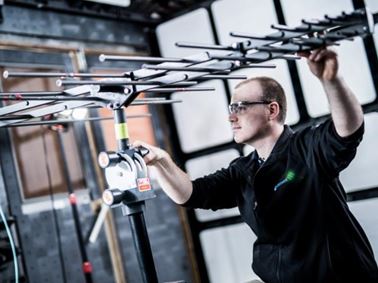
Consumer Electronics Testing & Certification
Element’s consumer electronics testing and certification services help your products meet EMC, Electrical Safety, and Radio national & global requirements.

Radio and Wireless Device Testing
We work with everyone from Chipset Vendors to those integrating radio modules to enable you to deliver your wireless radio products to market.

